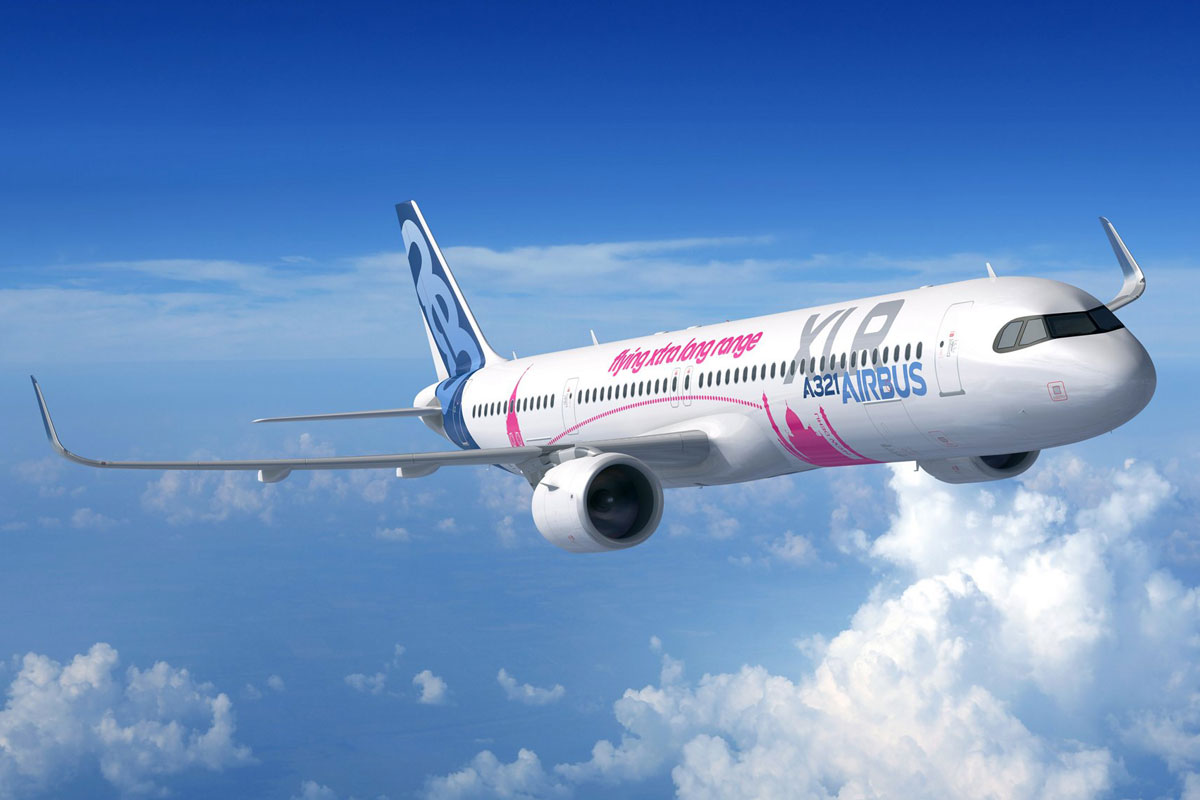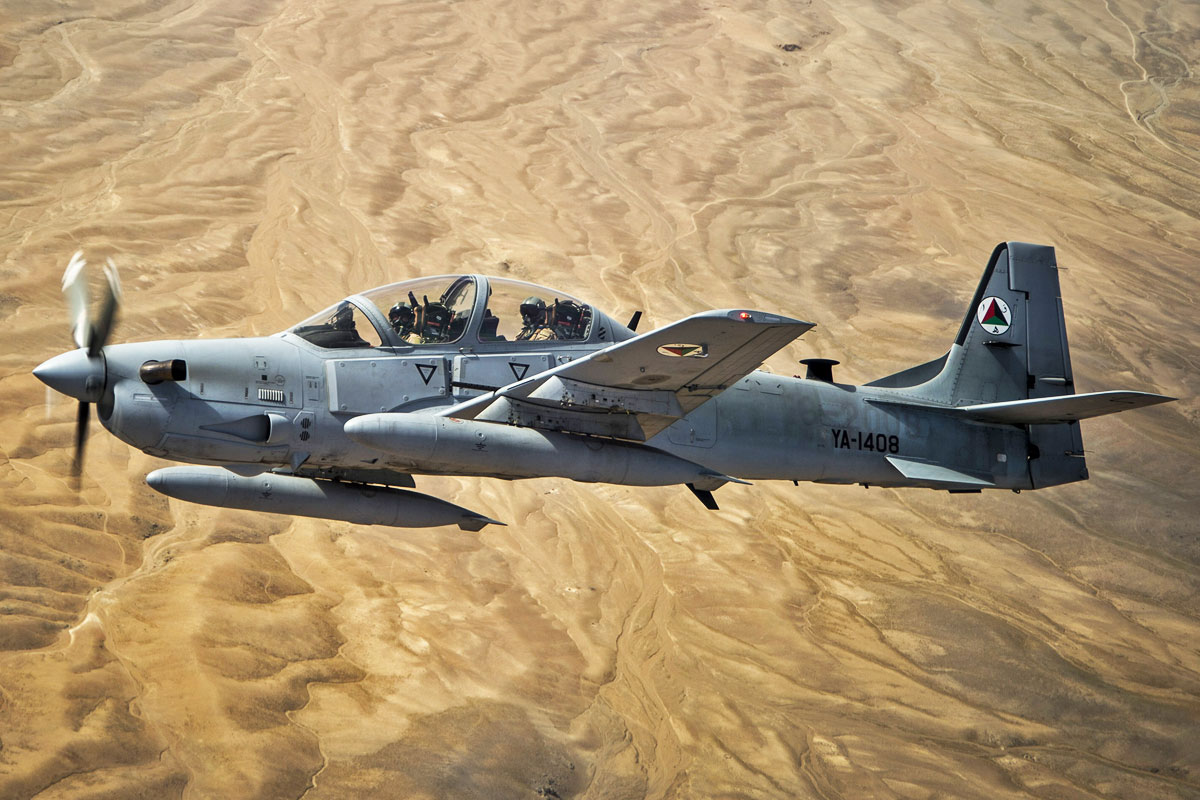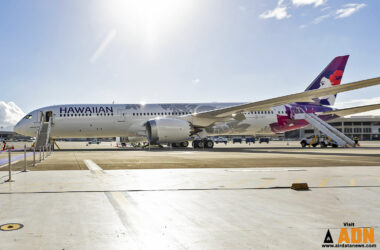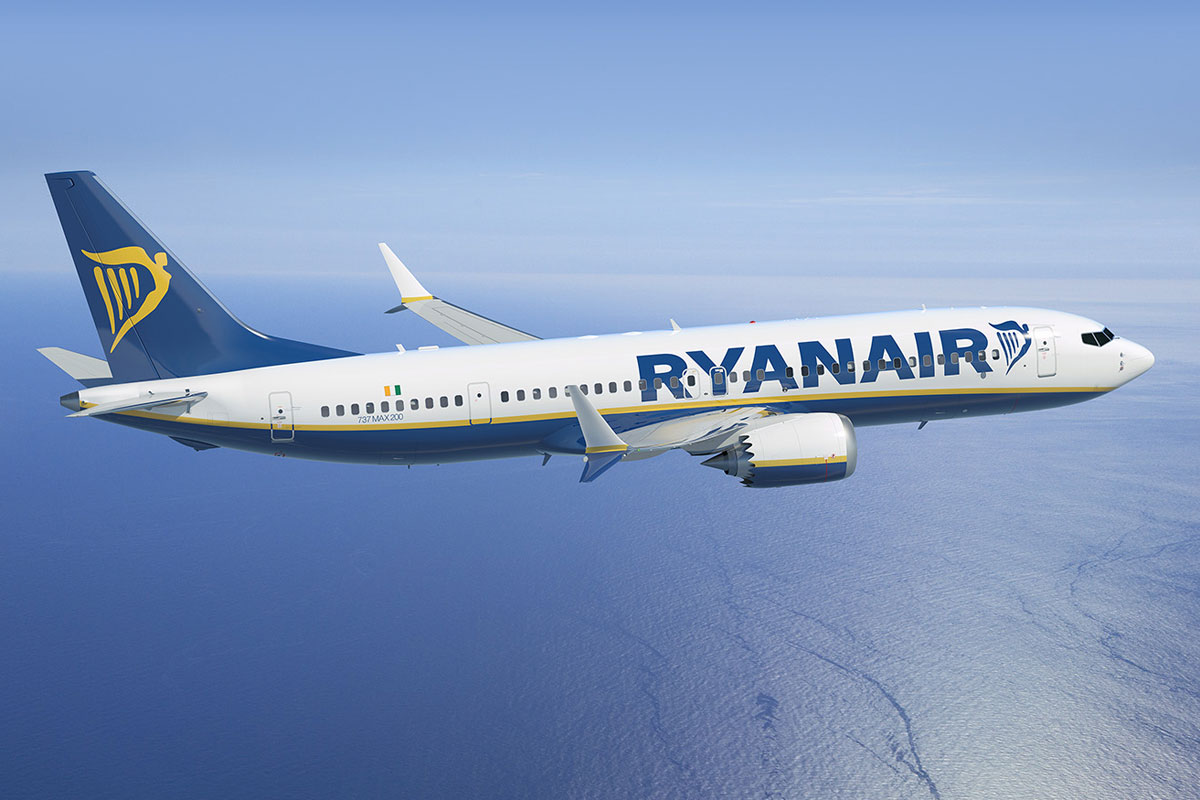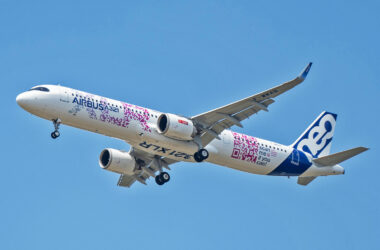A variant of the A320neo family that accumulates hundreds of orders, the new A321XLR may present risks of fire in unsuccessful landings, pointed out none other than Boeing, competitor of Airbus. The new single-aisle jet, scheduled to enter service in 2023, uses an extra fuel tank at the rear of the fuselage to offer an unbeatable range in its category.
The US airframer reported to EASA (European Aviation Safety Agency) that installing an extra tank may cause potential fire risks in unsuccessful landings due to “integral fuel tanks to the airframe structure inherently provide less redundancy than structurally separate fuel tanks.”
Boeing was asked by EASA to analyze the solution planned by Airbus to install insulation panels on the floor of the A321 XLR to prevent passengers’ feet from suffering from low temperatures.
The European civil aviation agency agreed with Boeing that the position of the tank can cause risks in situations of structural damage. Airbus plans to use tanks integral to the structure instead of separate components in order to take advantage of the aircraft’s few internal spaces.
Airbus has told Bloomberg that it is working hand in hand with certification authorities to meet all requirements.
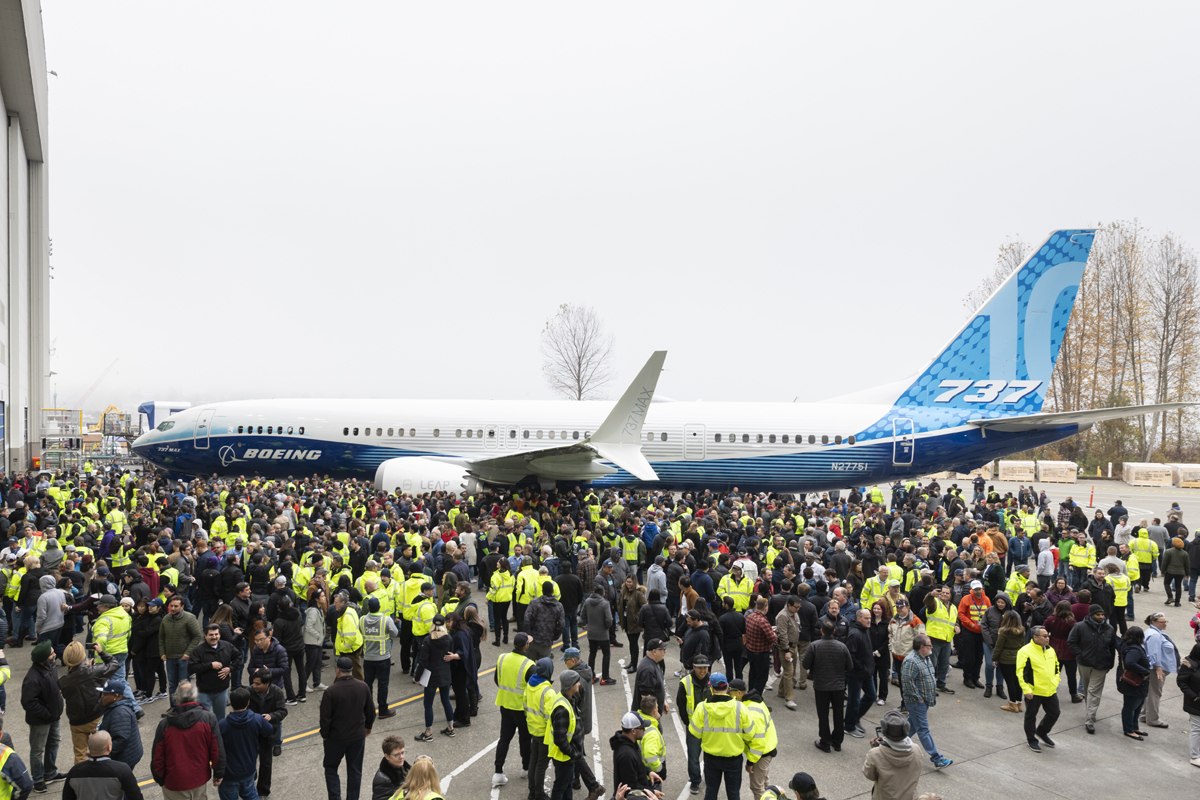
Best seller
Launched in 2019, the A321XLR has proved to be an Airbus winning move. The aircraft, with a capacity of up to 244 seats, offers a range of 8,700 km, enough to operate on transatlantic routes, for example. Faced with the drop in demand for air travel, the new jet fits perfectly in the strategy of several airlines and it is no wonder that it has received around 500 orders to date.
Boeing, for its part, does not have an aircraft capable of offering the same as its European rival. The 737 MAX family, shaken by security problems, will feature the 737 MAX 10 variant, the largest in the history of the jetliner, but with lower performance than the Airbus.
The answer lies in the future widebody that the US planemaker is developing and which has already been referred to as NMA (New Midmarket Airplane). After freezing the project, Boeing resumed studies that should give rise to a twin-engine jet with two aisles and a capacity for 250 to 300 passengers.
Even if it gains the green light, the hypothetical ‘Boeing 797’ is not expected to enter service until the end of the decade. However, when trying to delay the A321XLR, the manufacturer saves time while convincing its customers to wait for a better product. The game between the two aerospace giants is just beginning.

